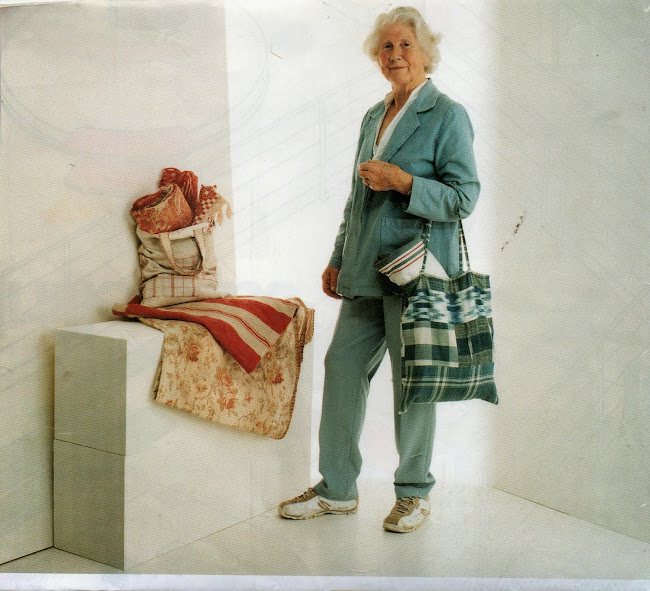

L'Offrande de l'Amour ' Le Premier Navigateur
The lovely Toile de Nantes, (1805) on the right, is one of the many designs from the factory there which flourished during the years of T. de Jouy and other mills producing cloths of this genre. It is titled 'Le Premier Navigateur' and is from the collection of Elizabeth Gibbons, a well lnown dealer and collector of fine textiles.
The first example is original Toile de Jouy, 1792 - 1815 a very popular one and reprinted in different colours, purple, red and bistre, many times. The Offering to Love is full of romance and beauty. Many of these designs are reproduced in attractive books, but there are still many not listed and people like Morgaine le Fay http://www.antiquetextilesandmore.com/ , whose instructive, excellent blogs showing rare examples in wonderful detail, are worth studying. The other day I bought and sold quickly an attractive print on linen, showing a cherub riding on a dolphin, enough for a cushion, and was rather mortified to find, on a re-read of my reference book that it was a true Toile and it had skipped through my hands without a proper provenance - my loss and my customer's gain! Or did she think, like me, it was just a pretty old scrap ?


 This bedroom corner was styled years ago by a friend, Gabi Tubbs, editor, decorator and author, using some of Jane Sacchi's tickings, Mulberry curtains, Ian Mankin fabrics, and, I think, it achieves a perfect ballance of stripes, checks and pretty faded florals. The colours are warm and restful , the furniture is simple and comfy and all invite peace and relaxation. This shows how careful use of textiles and fabrics can give the mood to any decorative scheme - the scale is quite important, the colours must blend and the texture and weight of the cloth must be suitable for its use. Ticking is ideal for valances, cushions, squabs and bolsters which get hard use, lighter cotton for bedroom curtains can be lined and interlined for extra cosiness and bedcovers should be washable if possible. Gabi was with Country Living for many years and is now free-lance and living in Brighton in a Georgian house, which I long to visit as it will be full of inspiration.
This bedroom corner was styled years ago by a friend, Gabi Tubbs, editor, decorator and author, using some of Jane Sacchi's tickings, Mulberry curtains, Ian Mankin fabrics, and, I think, it achieves a perfect ballance of stripes, checks and pretty faded florals. The colours are warm and restful , the furniture is simple and comfy and all invite peace and relaxation. This shows how careful use of textiles and fabrics can give the mood to any decorative scheme - the scale is quite important, the colours must blend and the texture and weight of the cloth must be suitable for its use. Ticking is ideal for valances, cushions, squabs and bolsters which get hard use, lighter cotton for bedroom curtains can be lined and interlined for extra cosiness and bedcovers should be washable if possible. Gabi was with Country Living for many years and is now free-lance and living in Brighton in a Georgian house, which I long to visit as it will be full of inspiration. 


